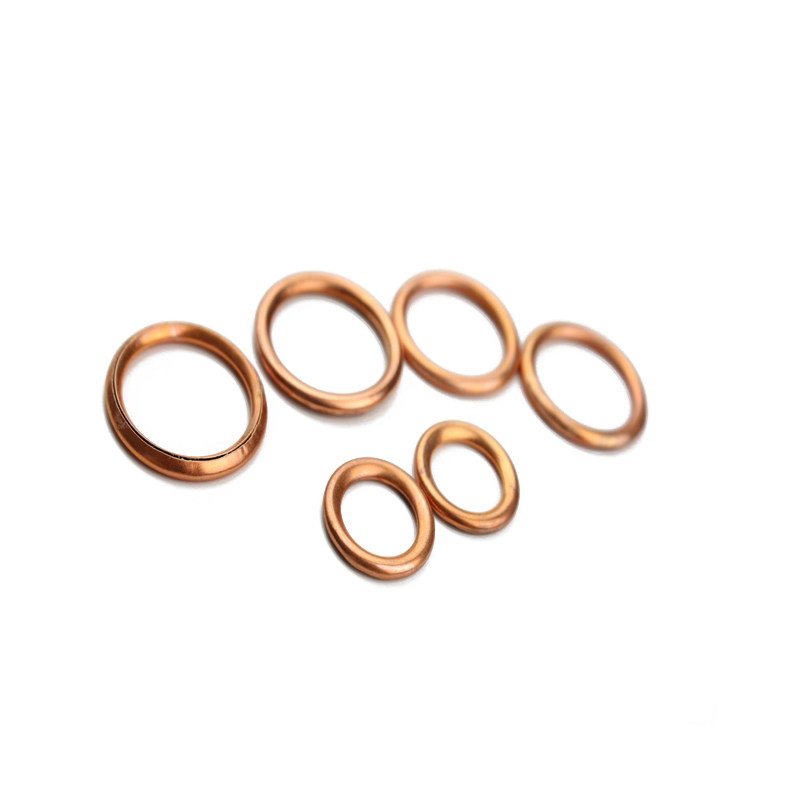Understanding the Importance of Automatic Transmission Rear Seal Maintenance and Replacement
Understanding Automatic Transmission Rear Seal Importance and Maintenance
The automatic transmission rear seal plays a vital role in the smooth functioning of a vehicle's transmission system. Although it may seem like a small and often overlooked component, it is essential for preventing transmission fluid leaks and ensuring optimal performance. This article will explore the significance of the automatic transmission rear seal, signs of wear, and tips for maintenance to prolong its lifespan.
What is an Automatic Transmission Rear Seal?
The automatic transmission rear seal is located at the rear of the transmission, where the transmission connects to the driveshaft. Its primary function is to retain the transmission fluid within the system and create a seal to prevent any leaks. This component is typically made from durable rubber or similar materials designed to withstand high temperatures and pressures, as the transmission fluid circulates through the system, lubricating various parts and facilitating smooth shifting.
Importance of the Rear Seal
The proper functioning of the automatic transmission rear seal is crucial for several reasons
1. Prevention of Fluid Leaks One of the primary responsibilities of the rear seal is to contain the transmission fluid within the system. If the seal becomes worn or damaged, fluid can leak out, leading to a decrease in fluid levels. Low fluid levels can cause shifts to become rough or erratic, affecting overall vehicle performance.
2. Protection of Transmission Components Transmission fluid not only lubricates moving parts but also helps cool the transmission. When fluid leaks out, it can lead to overheating, which in turn can cause significant damage to the transmission components over time. Maintaining the integrity of the rear seal is critical for protecting the entire transmission system.
3. Improved Driving Experience A properly functioning rear seal ensures smooth gear transitions and precise shifting. Without leaks, the transmission can perform as intended, providing a comfortable and reliable driving experience.
Signs of a Worn or Damaged Rear Seal
It is essential for vehicle owners to be aware of the signs indicating that the rear seal may be compromised. Here are some key indicators to watch for
1. Fluid Spots If you notice reddish-brown spots on the ground where you park your vehicle, it could indicate transmission fluid leaking from the rear seal. Regularly checking for fluid spots can help you identify issues early.
automatic transmission rear seal

2. Grinding or Clunking Noises A malfunctioning rear seal may result in unusual noises when shifting gears, such as grinding or clunking. These sounds can be signals that the transmission fluid levels are low and that the internal components are not adequately lubricated.
3. Delayed Shifting or Slipping Gears If you experience lag when shifting or notice your vehicle slipping out of gear, these could be symptoms of low transmission fluid due to a failing rear seal. Such issues can escalate quickly and should not be ignored.
4. Overheating An overheating transmission can indicate a fluid leak. If the rear seal is not functioning correctly, it may not retain adequate fluid, leading to high temperatures and potential damage.
Maintenance Tips
To maintain the longevity of your automatic transmission rear seal, consider the following tips
1. Regular Fluid Checks Routinely check the transmission fluid level and condition. If the fluid appears dirty or has a burnt smell, it may be time to change it. Keeping the fluid at the appropriate level is key to preventing issues with the rear seal.
2. Routine Inspections Have your transmission system inspected regularly by a qualified mechanic, who can identify any potential problems, including seal wear and leaks.
3. Prompt Repairs If you notice any signs of fluid leakage or abnormal transmission behavior, address the issue immediately. Ignoring a failing rear seal can lead to more extensive and costly repairs down the road.
4. Quality Fluid Replacement When changing your transmission fluid, use high-quality fluid recommended by your vehicle manufacturer. Using the right type of fluid ensures compatibility with seals and other components.
Conclusion
The automatic transmission rear seal is a small but critical component that plays a significant role in the overall functionality of a vehicle’s transmission system. Regular maintenance and awareness of potential issues can help ensure that this essential part remains in good condition, contributing to the vehicle's longevity and performance. By taking proactive steps, drivers can enhance their driving experience and avoid costly repairs associated with transmission problems.
-
The Ultimate Guide to Car Repair Kits: Tools and Essentials Every Driver Should Own
News Aug.01,2025
-
The Complete Guide to Oil Pan Gaskets: Sealing Engine Leaks the Right Way
News Aug.01,2025
-
Preventing Oil Leaks: A Complete Guide to Oil Pan Gaskets and Drain Seals
News Aug.01,2025
-
Everything You Need to Know About Oil Pan Gaskets and Drain Plug Seals
News Aug.01,2025
-
Essential for Car Owners: How to Use a Car Repair Kit to Deal with Minor Breakdown
News Aug.01,2025
-
Comprehensive Guide to Engine Oil Sump Gaskets and Related Seals
News Aug.01,2025
-
The Ultimate Guide to Boat Propeller Bearings and Trailer Wheel Bearings
News Jul.31,2025
Products categories















